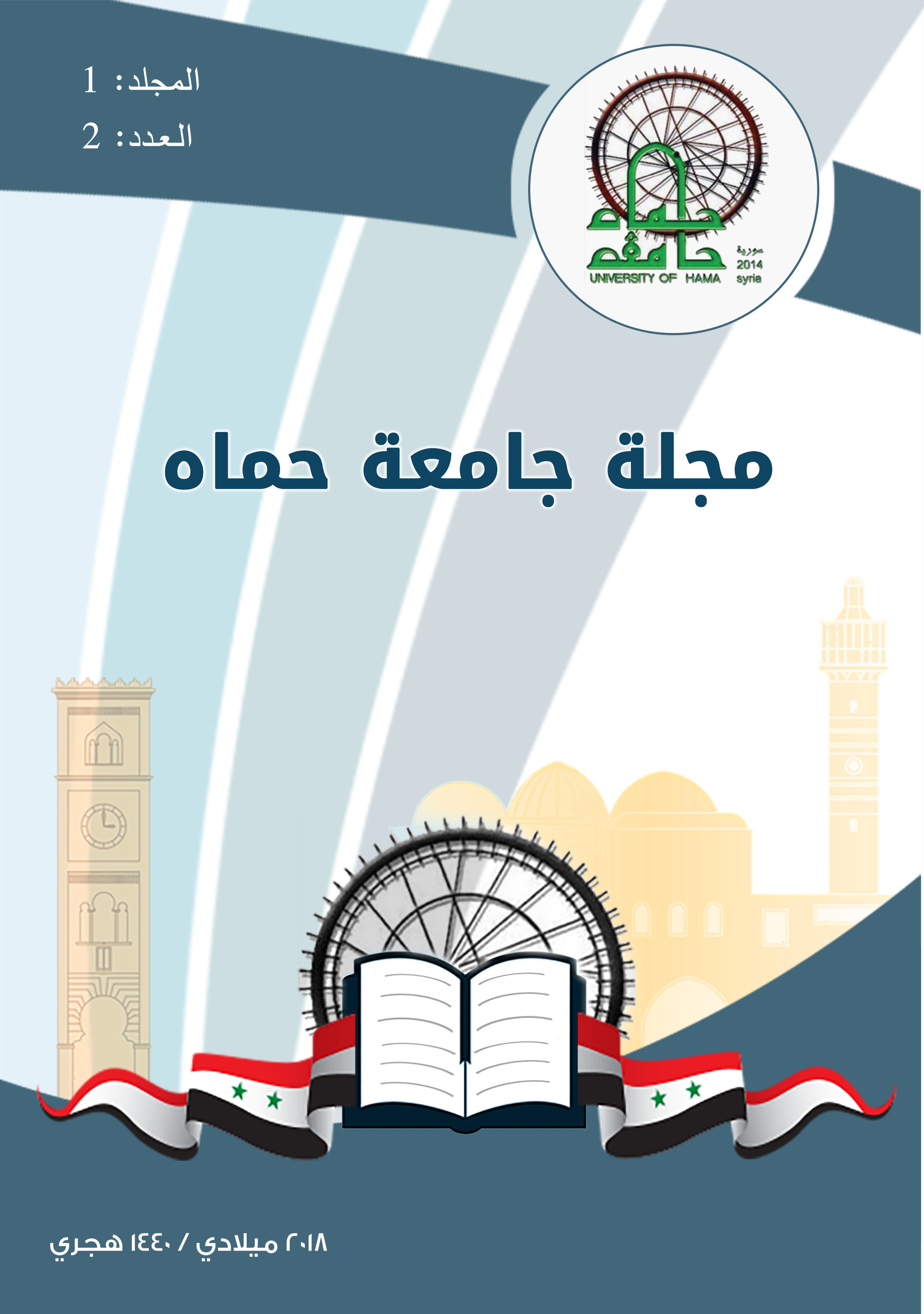Numerical study of crack propagation mechanism in steel gas pipe walls under periodical loads
الملخص
Tubes used in oil and gas fields are manufactured according the international standard specifications which the international code American Petroleum Institute API-5L is one of these standards. In this paper, it will be focused on the steel Grade X65. This steel has good strength, low price and excellent ability to welding. These properties make this kind of steel precedes the other kinds of steel, in addition to its common usage in industrial institutions in Syria. Existing of cracks on the internal and external surfaces of the tubes is one of the most important defects which contributes in reducing the life and validity of these tubes. Also, these cracks may cause catastrophic problems.
In this paper, an experimental verification about the material properties of the considered tubes has been done, and then these properties have been matched with the standard specifications of this steel. These two procedures have been achieved through chemical composition test, microstructure test, tension test, impact test and toughness test.
After that, the stress distribution in pipes walls has been studied. These tubes have different diameters and different wall thicknesses and subjected to different values of inner pressure. This study has been done analytically and numerically by finite element method using the multipurpose software package ANSYS 13.
In addition, the probability of failure happening - in the case of crack existing by the reason of the common influence of cracks and applied pressure - has been studied. Then the ratio of crack propagation has been calculated under cyclic internal pressure and the safe life of tube may be determined by calculating the stress intensity factor KI which causes the crack tip to be opened. After that, values of KI will be compared with the toughness fracture factor KIC (critical stress intensity factor). This comparison will be done for the verification of warranty and safety of the tubes and avoiding the sudden fracture of the tubes which may cause environmental or human disasters.


